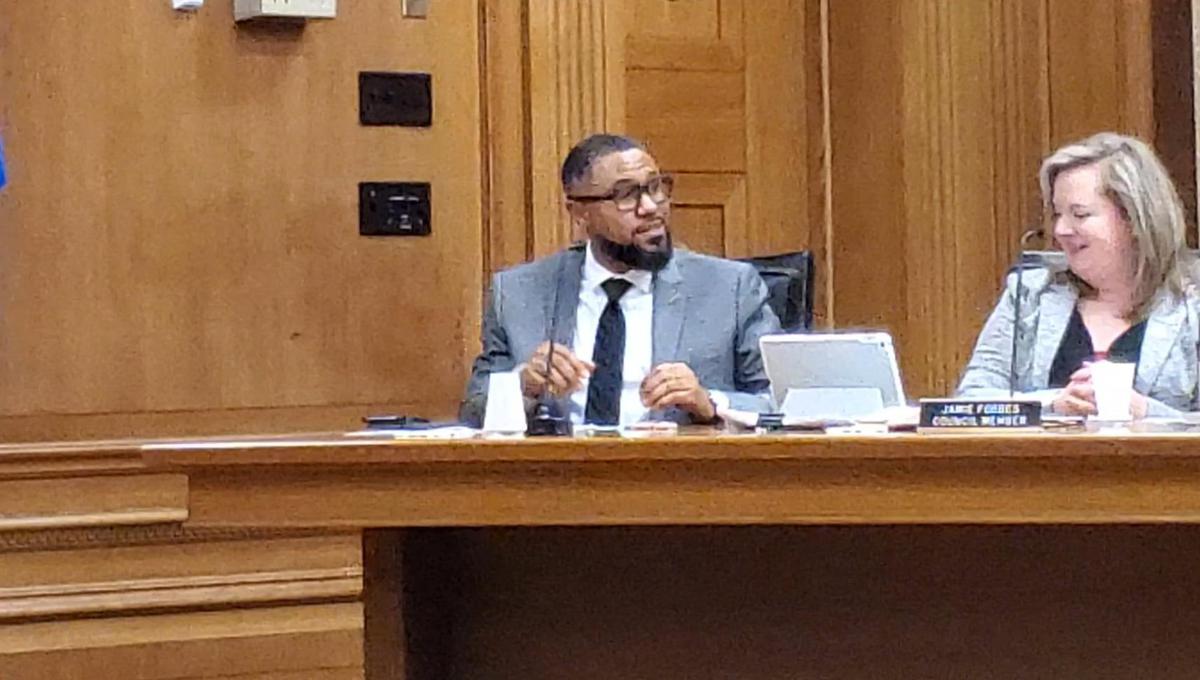by Gabrielle Martin, Staff Reporter.
Over Thanksgiving, many people reflected on what they had to be thankful for – family, a job, a car. However, something people often forget to be thankful for over Thanksgiving is Native Americans. After all, where would our country be without the people who helped the pilgrims survive their first year in this country? What would Thanksgiving be now without that first Thanksgiving?
Many children do plays in grade school about the first Thanksgiving; children dress up as pilgrims and as Native Americans. As these children get to high school, they learn about conquistadors. How much do you know about Native American history in this country?
On Nov. 24 at Delta College, Joseph Sowmick, a Native American man from the Saginaw Chippewa tribe, came in to talk about Native Americans and their history in the United States. More specifically, he talked about the history of the relationship between the United States and Native Americans. Sowmick showed “The Canary Effect”, a documentary about that topic. It showed just how much our relationship with the Native Americans and attitudes toward them changed from that first Thanksgiving.
After Columbus’ first encounters with the Native Americans, he writes about the kindness of them, according to the documentary. He writes that they “show as much love as if they were giving their hearts”. The documentary continues with how immigrants began to take over Native American land and treat them brutally. It gives the definition of genocide from the Convention for the Prevention and Punishment of the Crime of Genocide which was adapted by the United Nations General Assembly in 1948.
There are five points to defining genocide: killing members of the group, causing serious bodily, or mental harm to members of the group, deliberately inflicting on the group conditions of life calculated to bring about its physical destruction in whole or in part, imposing measures intended to prevent births within the group, and forcibly transferring children of the group to another group.
The documentary goes on to describe how the United States government has attempted to commit genocide against the Native American people by fulfilling not one – but all – of the these five key points.
Multiple massacres of Native American people occurred in in the mid-1800s. It is estimated that when Columbus arrived, there were 12-15 million Native Americans; however, by 1890, there were fewer than 250,000.
Native American children were separated from their families and taken to boarding schools; Native Americans were forced to become “civilized” and accept Christianity; many women were sterilized – often without their knowledge.
“The Canary Effect” continued by describing how mistreatment and racism against Native Americans isn’t over. Many of them can’t find jobs and after a while start wondering what is wrong with them. They turn to alcohol. In the documentary, a police officer on a reservation said that “Alcohol is killing our nation from within”.
Children grow up in broken homes and have astonishingly high suicide and attempted suicide rates. According to the documentary, Native American youth are ten times more likely to attempt suicide and on one reservation – Red Lake – 50 percent of 7-9 grade girls have attempted suicide.
After the documentary, Sowmick concluded his presentation by inviting the audience to the reservation. In order to understand culture, you have to go where the culture is, not just hear it from a text book.
“Be the student that you can be,” said Sowmick “Do your research. There are other points of view.”
